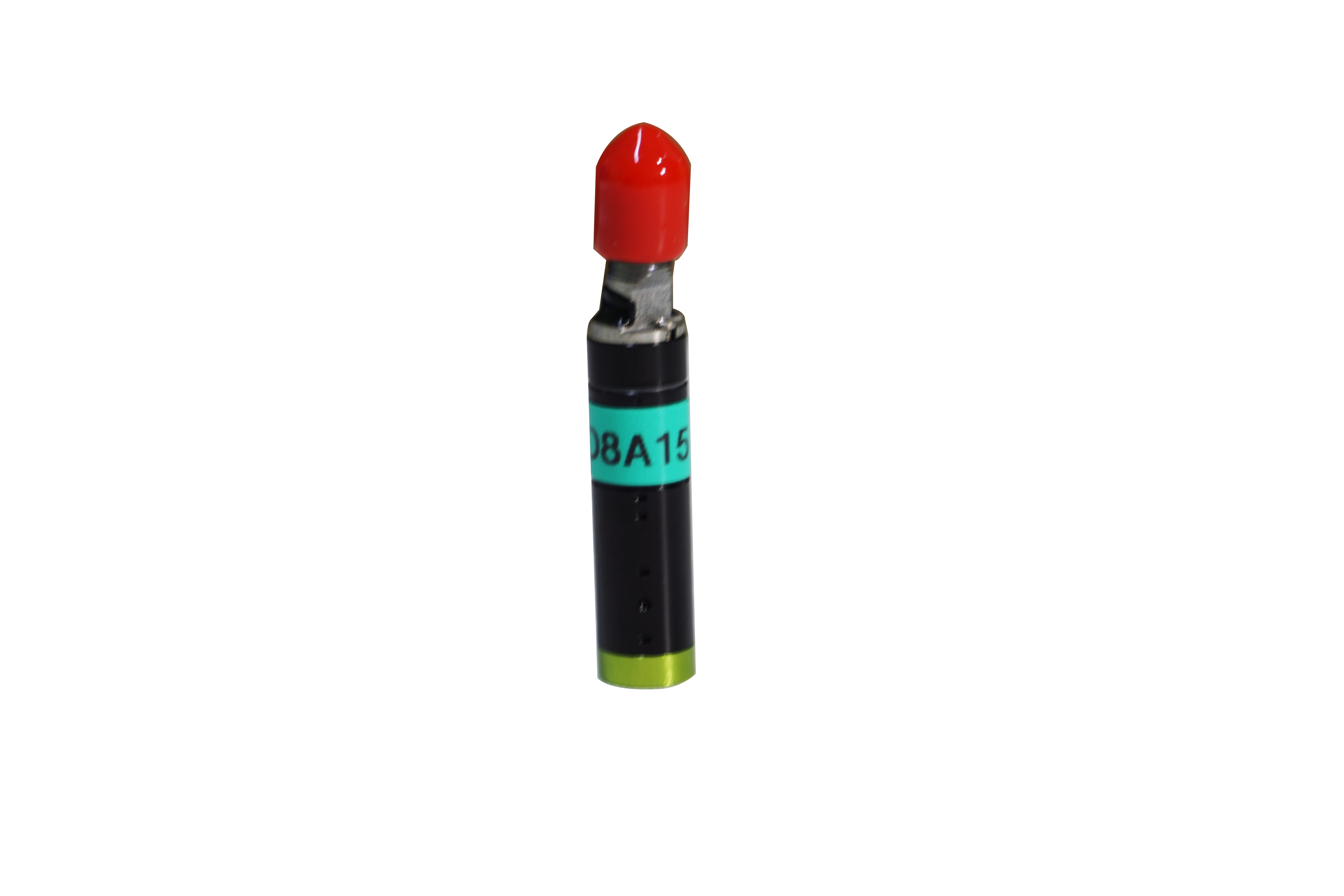2020-04-20
What is the principle of spectral confocal measurement? Many people may be unfamiliar with the term, spectral confocal is actually a sensor. Spectral confocal sensor has the advantages of high speed, high accuracy and strong adaptability. Today, Shenzhen Liyi Technology spectral confocal manufacturer will discuss the principle of spectral confocal measurement with you:
Natural daylight is a kind of white light, white light is not the purest light, but many monochromatic light composition. Light propagation in different media may have the phenomenon of Angle deviation, and the actual white light irradiation of different media will have a lot of single-line light refraction. The refractive index of optical materials (lenses) for different monochromatic light is different, that is, the shorter the refraction Angle of different wavelengths, the larger the refractive index, and the longer the wavelength, the smaller the refractive index (this is also the reason for the different so-called chromatic difference of different telescopes).
The same thin lens for different monochromatic light, each monochromatic light has a different focal length, according to the wavelength of the color light from short to long, their image points leave the lens from near to far arranged on the optical axis (the wavelength of different monochromatic light is different), so that imaging produces the so-called chromatic lens error. Chromatic lens errors cause images to produce patches or halos. In photographic equipment, special treatment should be used to minimize the imaging problems caused by chromatic aberration lens errors.
The chromatic aberration of a single lens results in different focal lengths for different wavelengths of color light. The wavelengths of visible light with achromatic doublet lenses have approximately equal focal lengths. Diffractive optical devices with dispersion cancelation properties can be used to correct the chromatic aberration.

Spectral confocal measurement method is to take advantage of the characteristics of this physical phenomenon, by using a special lens, extend the focus halo range of different colors of light, forming a special amplification color difference, so that according to the distance from the measured object to the lens, it will correspond to a precise wavelength of light focused on the measured object. By measuring the wavelength of the reflected light, the exact distance of the object under measurement to the lens can be obtained. In order to obtain the above special color difference, several special lenses are used in the sensor probe to break down the light according to the desired range. Finally, a convex lens is used to gather the light emitted from the sensor probe on an axis, forming the so-called focus axis.
White light passes through a half lens plane to reach the convex lens. This is where the above special color difference occurs. The light that strikes the object is reflected, passes through the convex lens, and returns to the half lens inside the sensor probe. The half-lens refracts the reflected light onto a perforated cover plate, and the holes allow only the best focused reflected light to pass through. The light through the perforated cover plate is a group of fuzzy spectrum, that is, several different wavelengths of light may pass through the hole and shine on the CCD photosensitive matrix unit.
However, only the reflected light focused on the object under test has enough light intensity to produce a distinct crest on the CCD photosensitive matrix. Behind the perforated cover plate, a splitter is needed to measure the color information of the reflected light. The spectrometer is similar to a special grating that can increase or decrease the refractive index, depending on the wavelength of the reflected light. Therefore, each position on the CCD matrix corresponds to a distance from the measured object to the probe.
Tens of thousands of measurement points can be obtained over the entire range, where only the wavelength of light is calculated to generate the measurement signal. The peak amplitude of the signal generated by the reflected light is not included in the signal measurement basis, that is, the light intensity of the reflected light does not affect the measurement result. This means that no matter how much reflected light is reflected from the object under test, the measured distance result may be constant, because the intensity of the reflected light depends only on how reflective the object is. The spectroscopic confocal sensors produced by Vertical Instrument grasp these characteristics, even if the object under test is a highly absorbent material, such as black rubber; Or transparent materials, such as glass, can be measured normally and reliably.
This is the principle of spectral confocal measurement. After the above content, we know how the principle of spectral confocal measurement is, right? Shenzhen Liyi Technology Co., Ltd. is a professional production and sales of displacement sensor, laser displacement sensor, Angle displacement sensor, spectral confocal sensor company, in need of friends can call to consult Liyi fiber coaxial displacement sensor manufacturers. Welcome your call!



